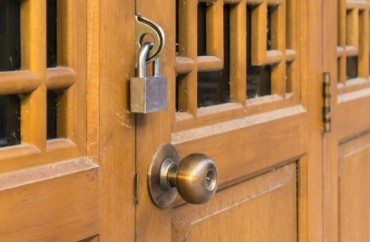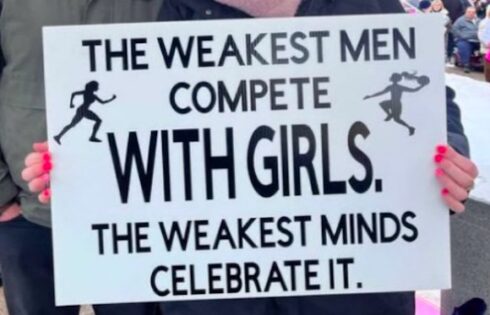
The University of Saint Katherine, a small nonprofit in North San Diego County, recently announced it will close May 18, citing “financial pressure due to unprecedented inflation and rising state-mandated labor costs.”
It’s not alone. Nationwide, universities face financial hardships that appear to be getting worse. More than 100 colleges and universities have closed or merged, or announced plans to, over the last eight years, according to a tracker updated this month by Higher Ed Dive.
The list, which does not include for-profit colleges and also omits mergers among public institutions, totals 108 since 2016.
The closures span the spectrum of public and private universities from California to Maine, showing the issue is not localized to any one region or sector.
“Our goal was not to create a death watch but rather to give our readers a tool to show the scope of that activity and any patterns within it,” noted the publication, which reports on higher education trends.
The continued fallout from COVID-19 lockdowns, cynicism about the return of investment on degrees, a growing praise for vocational and tech jobs, concerns about bias in academia, as well as other factors, have left many already struggling schools with no alternative but to merge with other campuses or shut down altogether, according to experts.
“Pressure to lower tuition, stagnating state funding and a shrinking pool of high school graduates has strained many institutions’ bottom lines and questioned their long-term viability. Those pressures have caused some to close,” Higher Ed Dive reported.
“For many still in operation, the coronavirus pandemic and its economic impact is adding a host of uncertainties to already tight operations.”
Many universities are now in a position in which they must close their doors.
One such university is the College of Saint Rose in Albany, New York. Denise Dagnino, director of communication for Saint Rose, told The College Fix a growing “demographic cliff” is leading to declining enrollments.
“There are fewer traditional-age, college-bound students in the U.S., so the existing pool of new students has diminished overall,” Dagnino told The Fix via email.
The pool of college-age students is further diminished by the increasing skepticism about the value of a college degree, she said.
The lasting impacts of the COVID pandemic also contributed to the closure of many Northeastern colleges, she added.
Saint Rose will close in June following the end of the current academic year.
Another institution shutting its doors this June is Cabrini University in Radnor, Pennsylvania.
Helen Drinan, interim president of Cabrini University, told The College Fix that “the pandemic somewhat masqueraded a lot of burdens already faced by schools which are tuition dependent, have modest endowments, and may be carrying debt as well.”
Financial support by the government during the COVID pandemic postponed many of the tough decisions that financially burdened universities, and they are only now having to deal with their shortcomings as these aids have ended, Drinan said.
Drinan echoed many of the same issues raised by Saint Rose, describing a “demographic cliff” that is an existential issue to the American university system; because of a decline in birthrates around the time of the Great Recession, there are not enough people enrolling to financially sustain existing universities.
“[P]eople have become very worried about the cost of a college education and the debt they might need to incur,” Drinan said. “For reasons we do not really understand, the normal percentage of high school grads moving into college simply has not materialized for the last few years … Add all these factors together and you are seeing a ‘perfect storm’ of trouble for schools which do not have much financial strength.”
There is a growing fear of what these closures means for the state of higher education more broadly. One such institution raising the alarm is the State Higher Education Executive Officers Association.
The concerning trend of college closures is not a shock, according to SHEEO, a leading organization of experts focused on advocating for improving the quality and access to higher education. One of SHEEO’s leading policy analysts, Rachel Burns, told The College Fix via email the two factors that are the main contributors to the recent issues facing higher education are declining enrollment and lack of government support.
“The number of students graduating from high school is dwindling,” Burns said, noting that between 2020 and 2023, many institutions were kept afloat by increased federal and state spending that has since expired, ending a lifeline to many struggling institutions.
Burns predicted that the rate of college closures would remain the same or even grow in the near future. She criticizes those who claim this is just the “right sizing” of the university system because “even if this were true, we should still be concerned about the students, staff, and communities that are affected when an institution closes.”
MORE: Skyrocketing DEI certification programs create army of ‘political commissars,’ group warns
Like The College Fix on Facebook / Follow us on Twitter






Please join the conversation about our stories on Facebook, Twitter, Instagram, Reddit, MeWe, Rumble, Gab, Minds and Gettr.